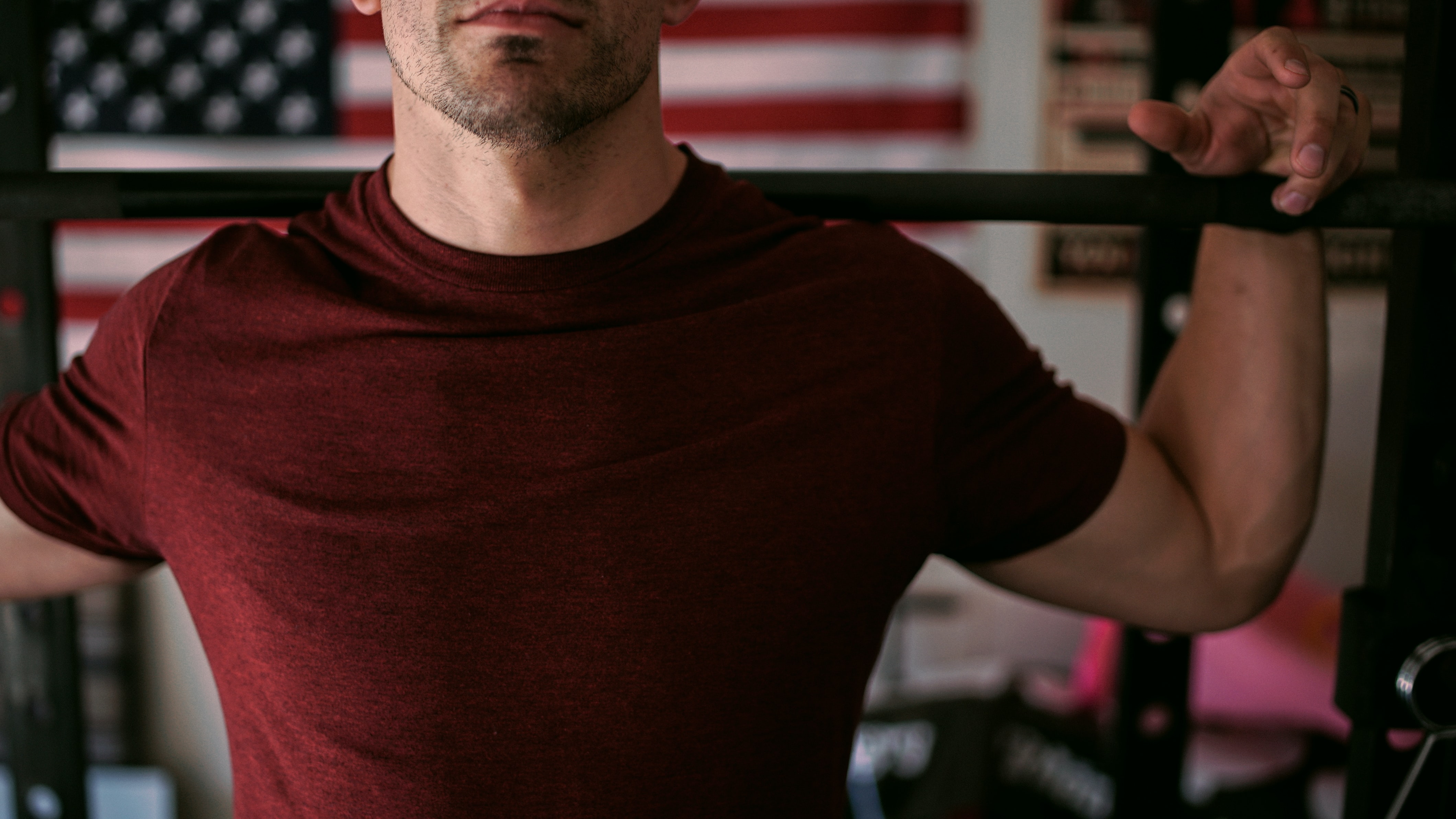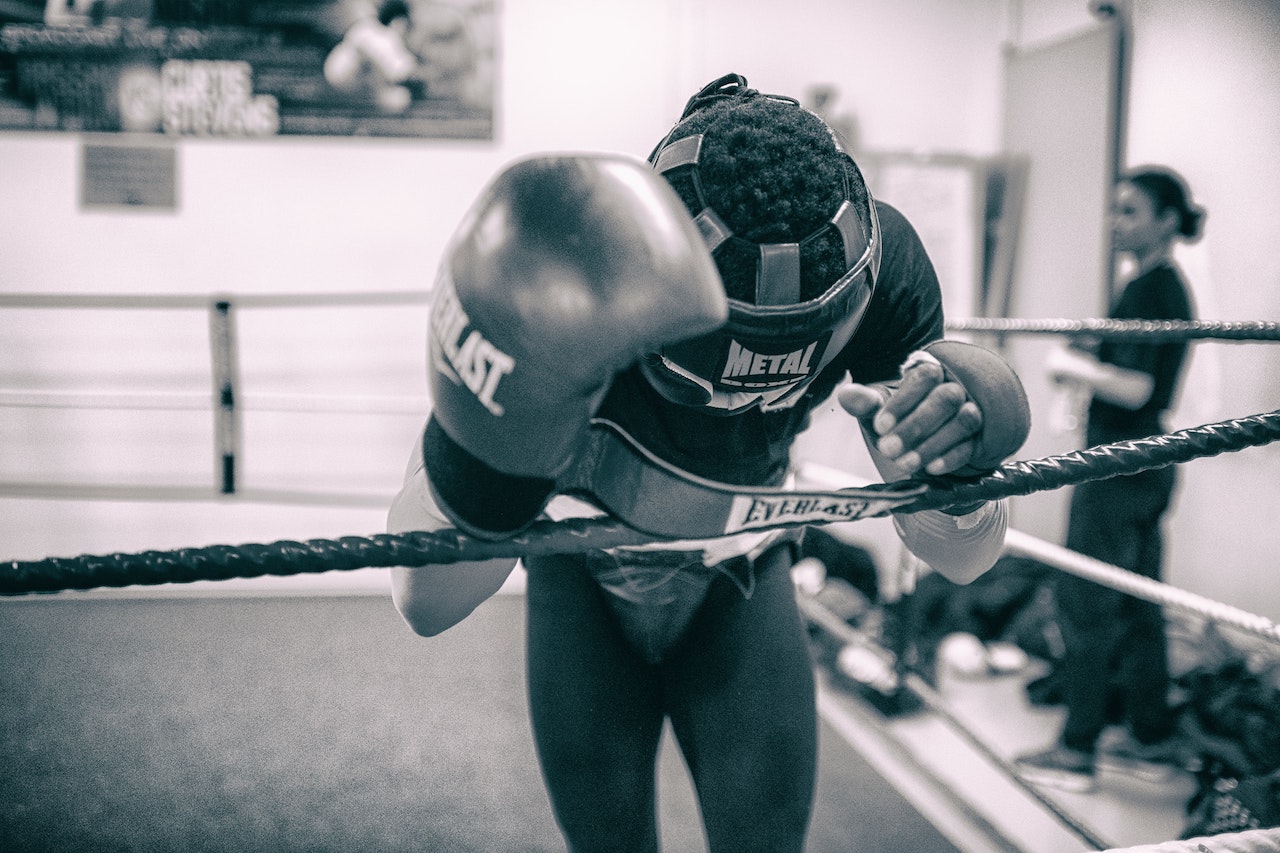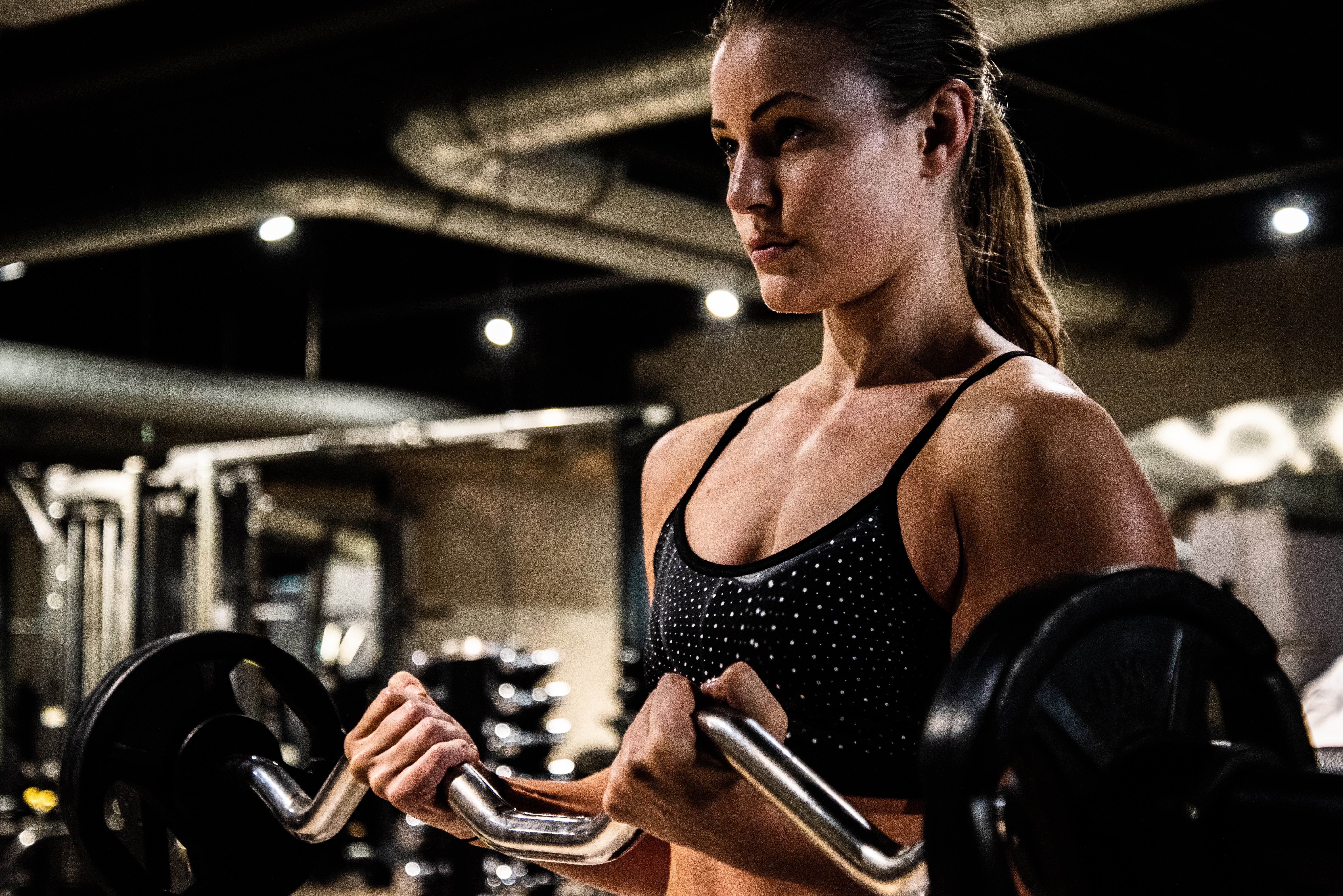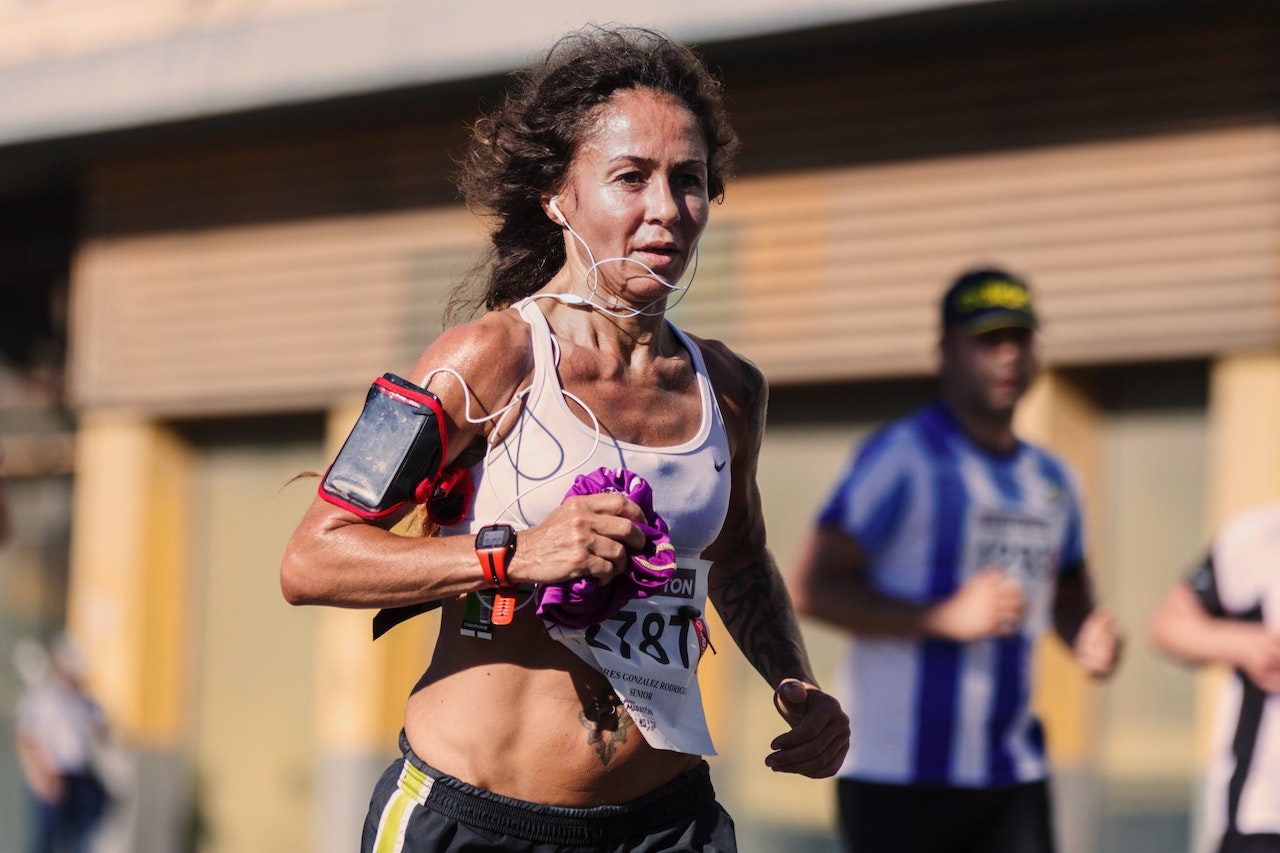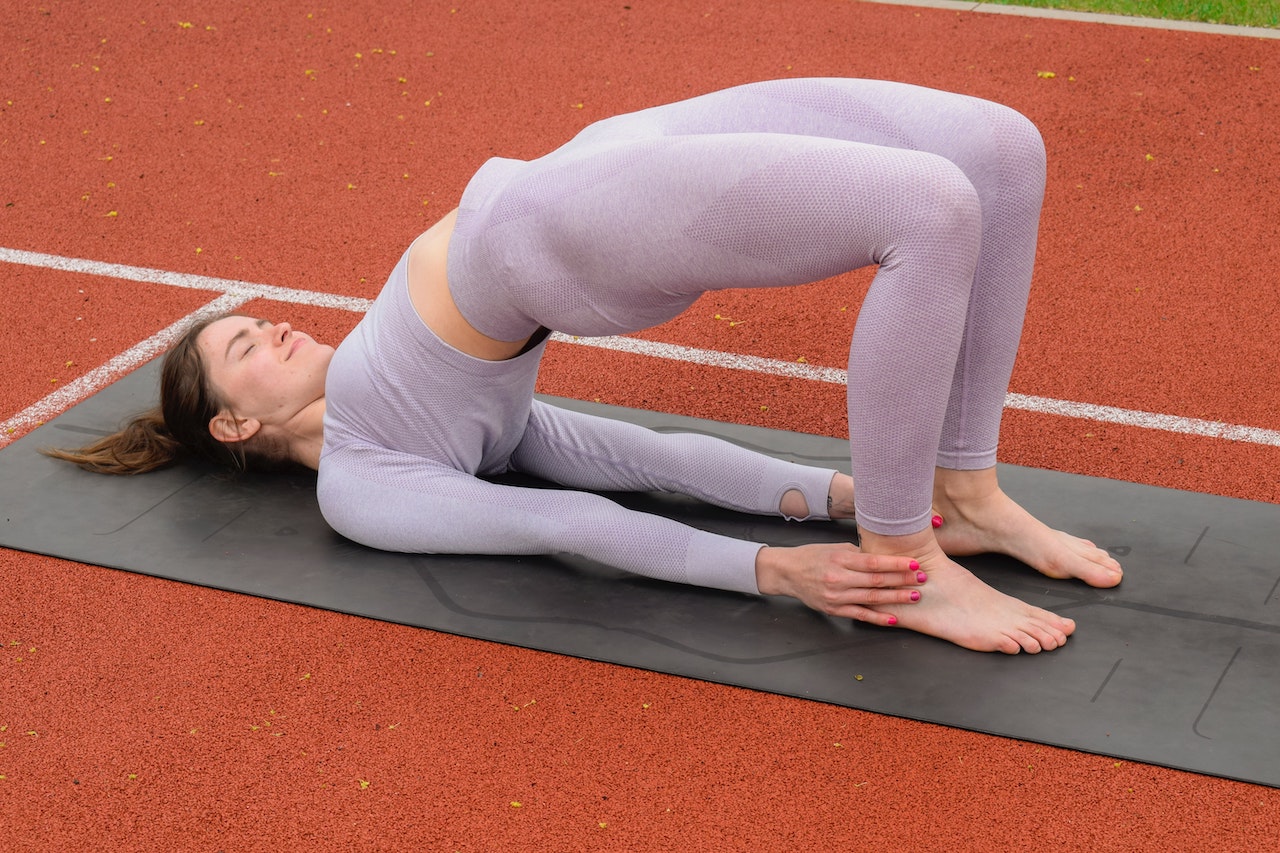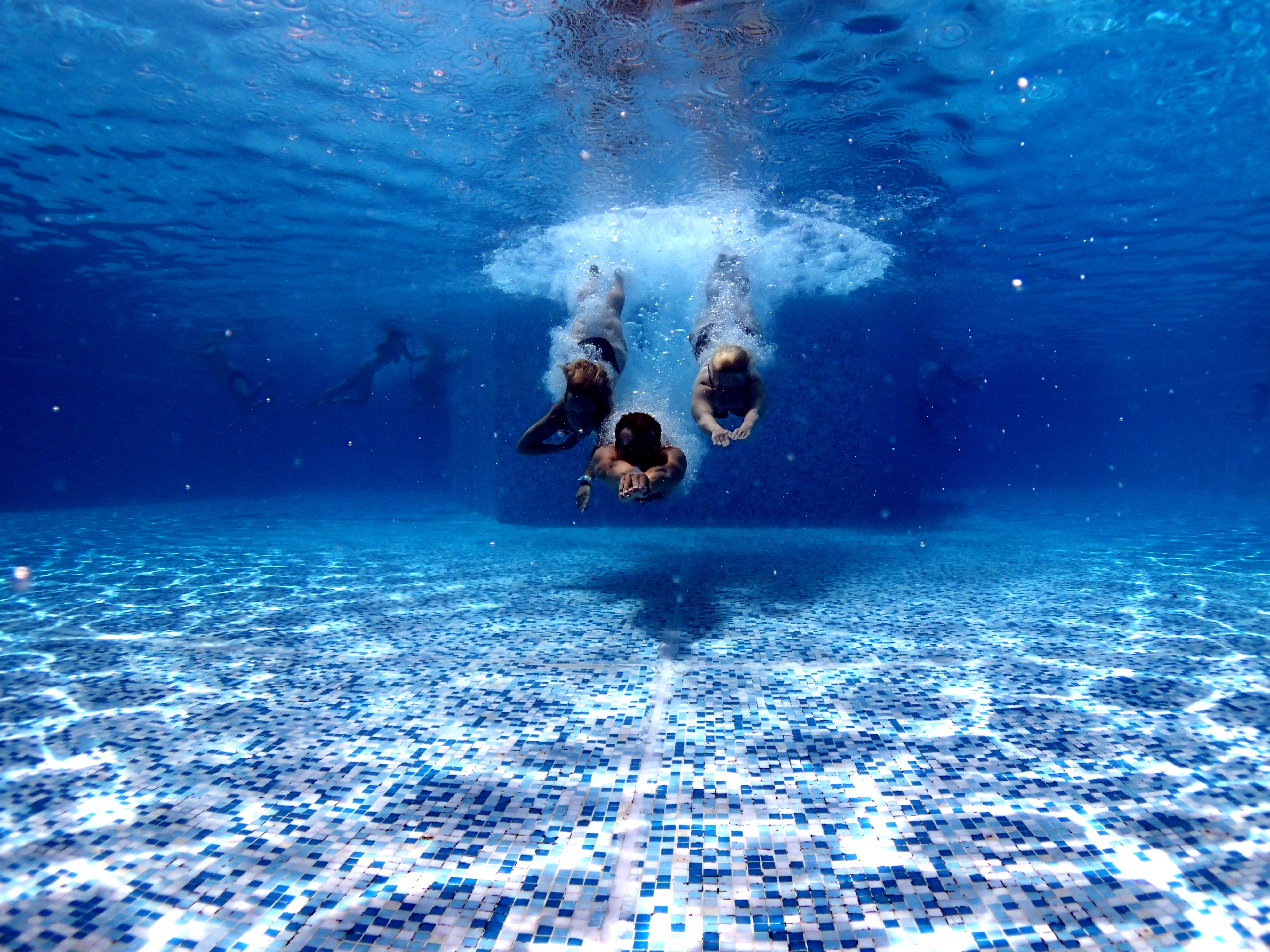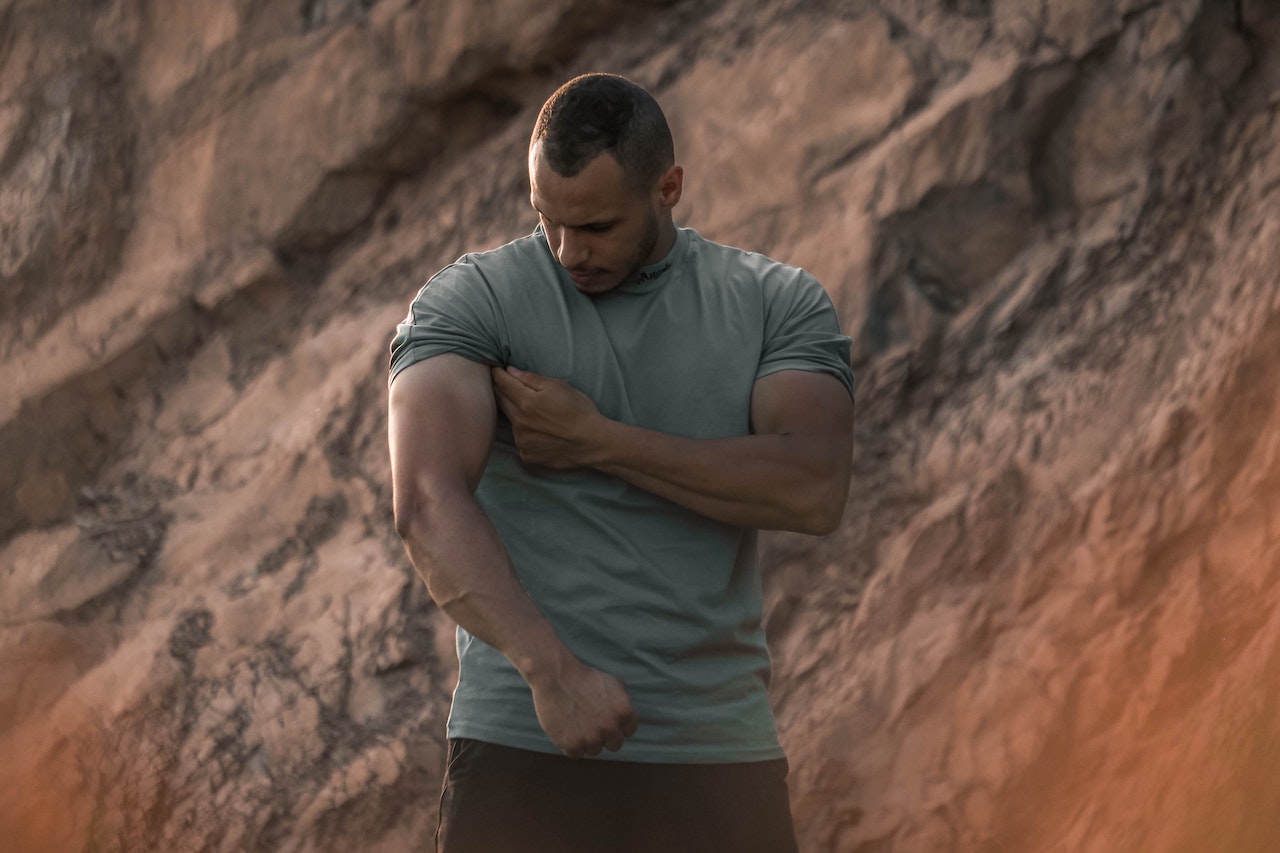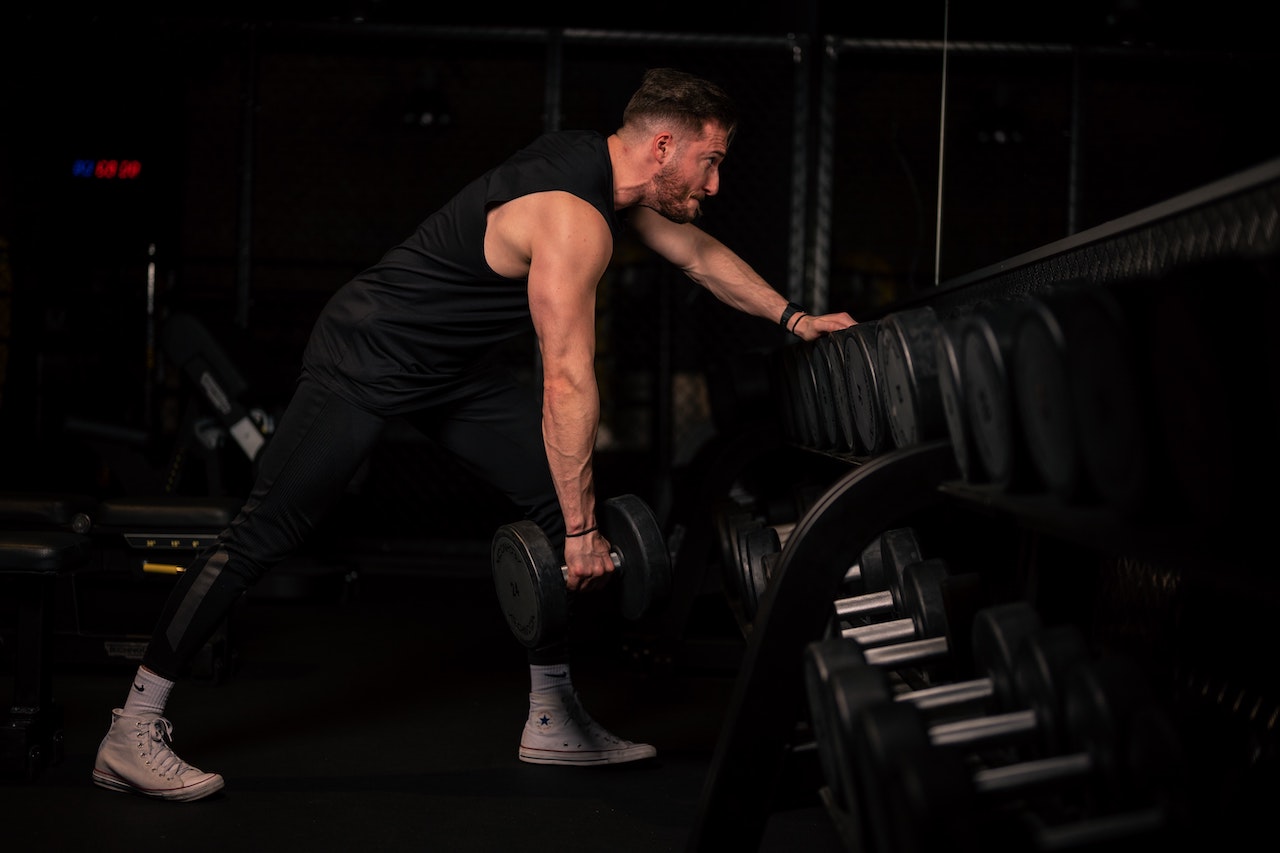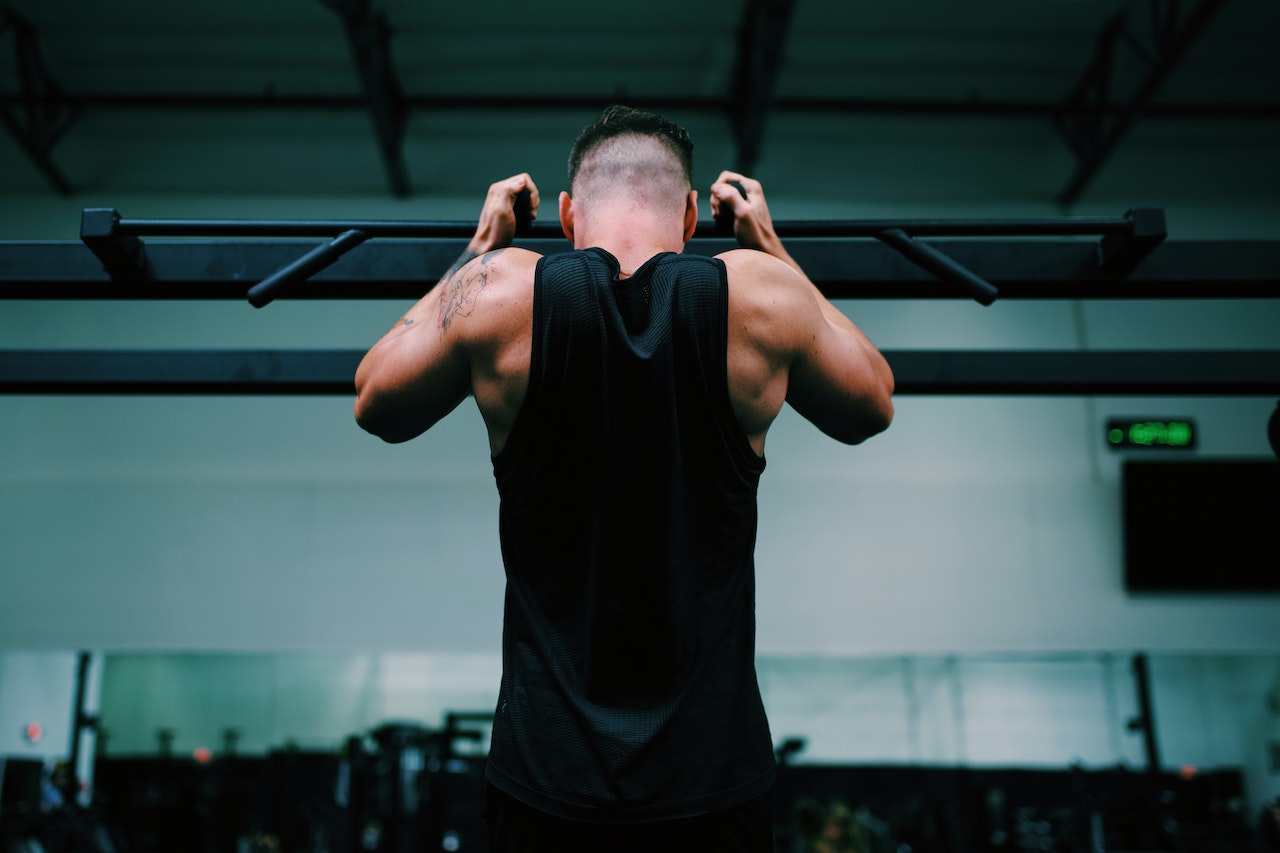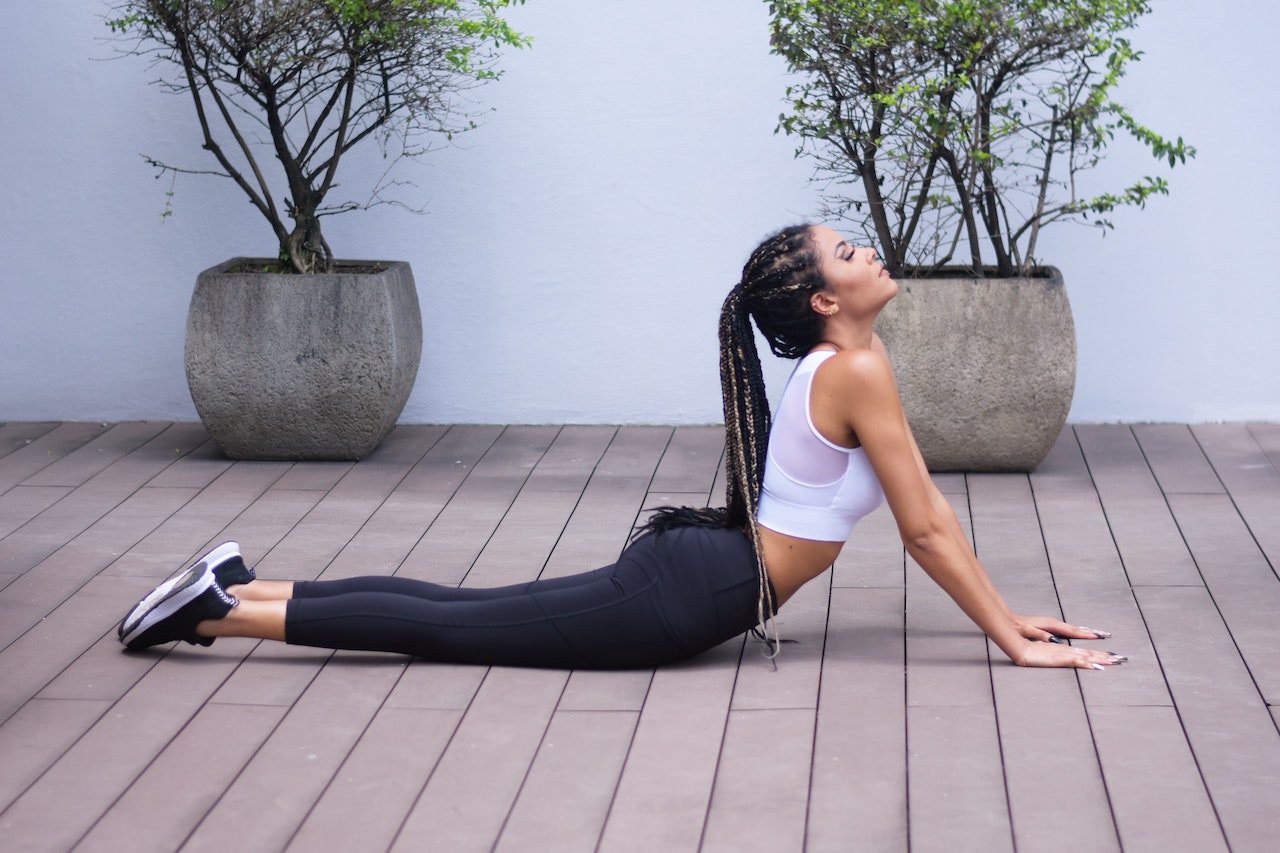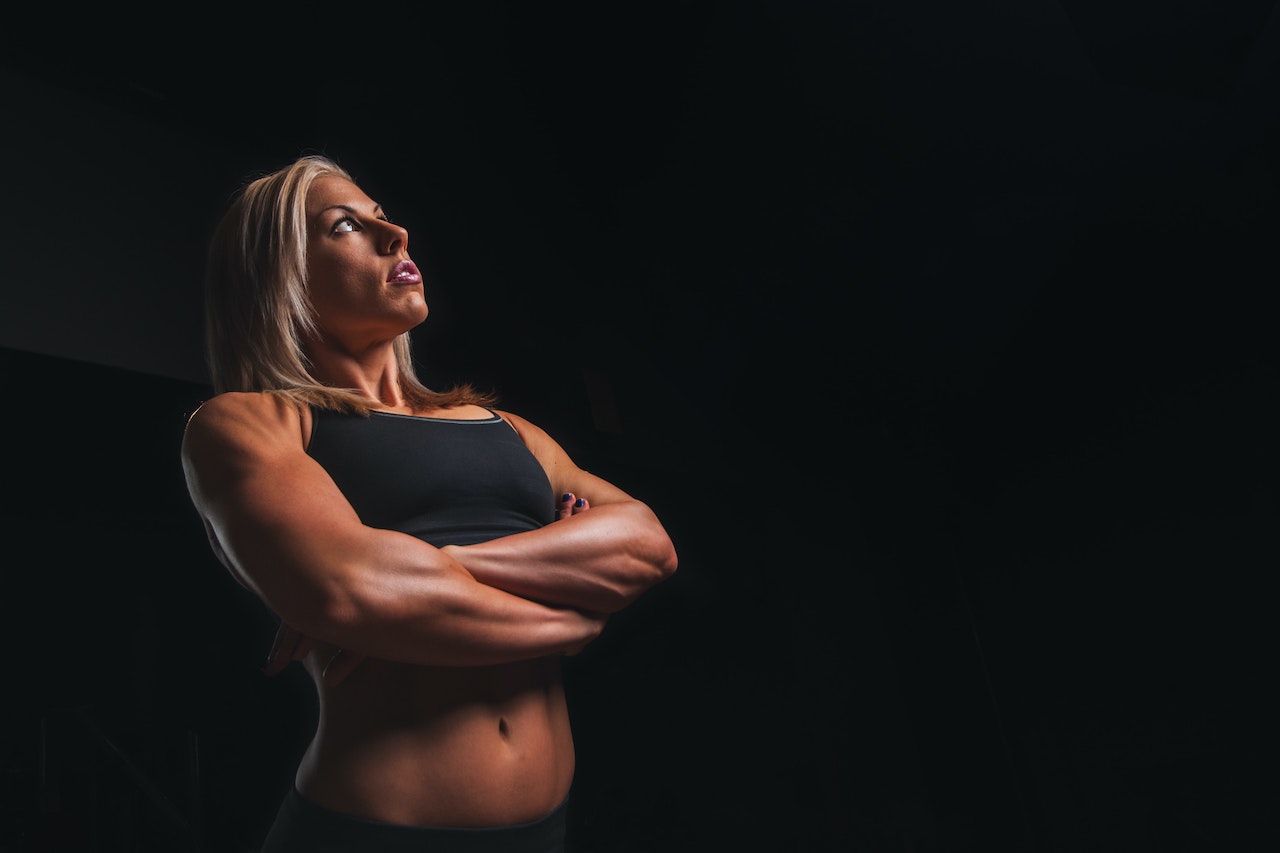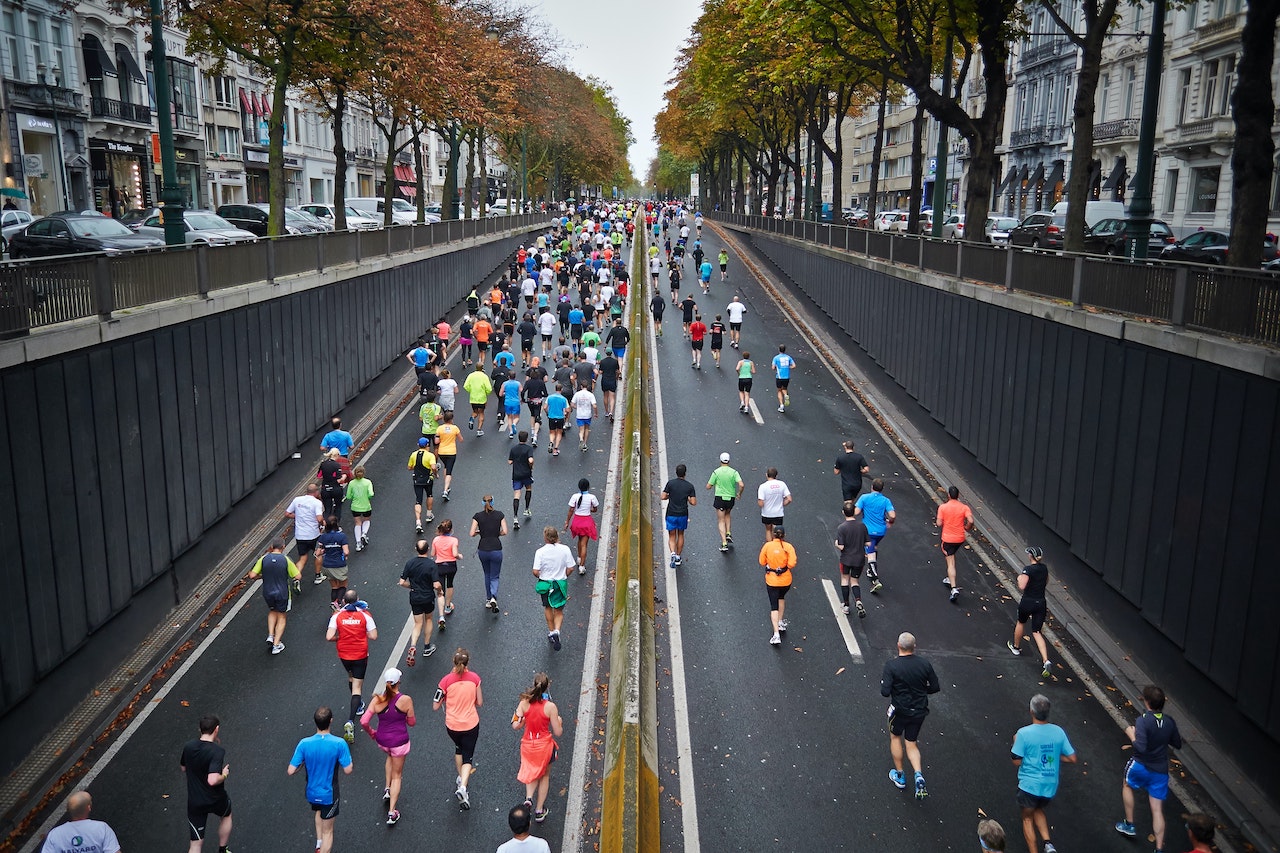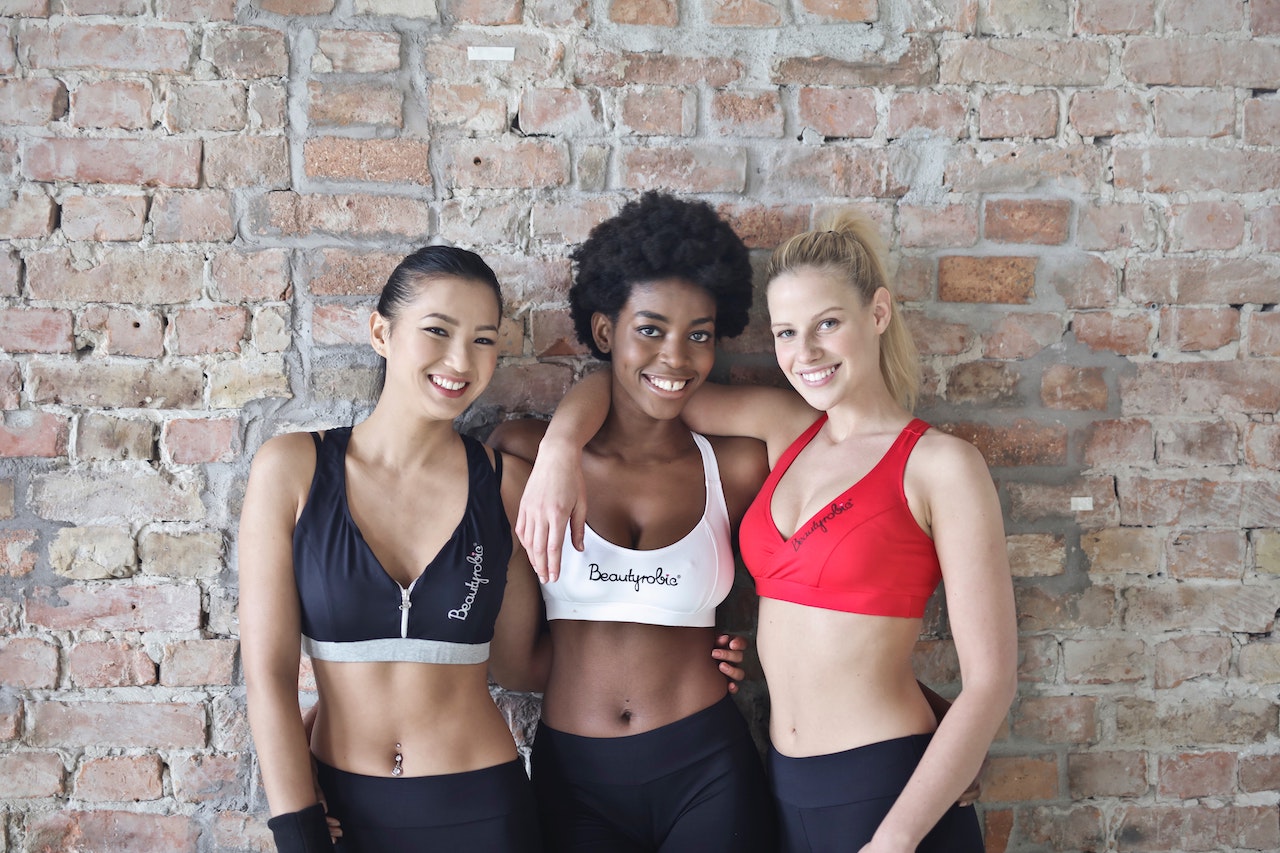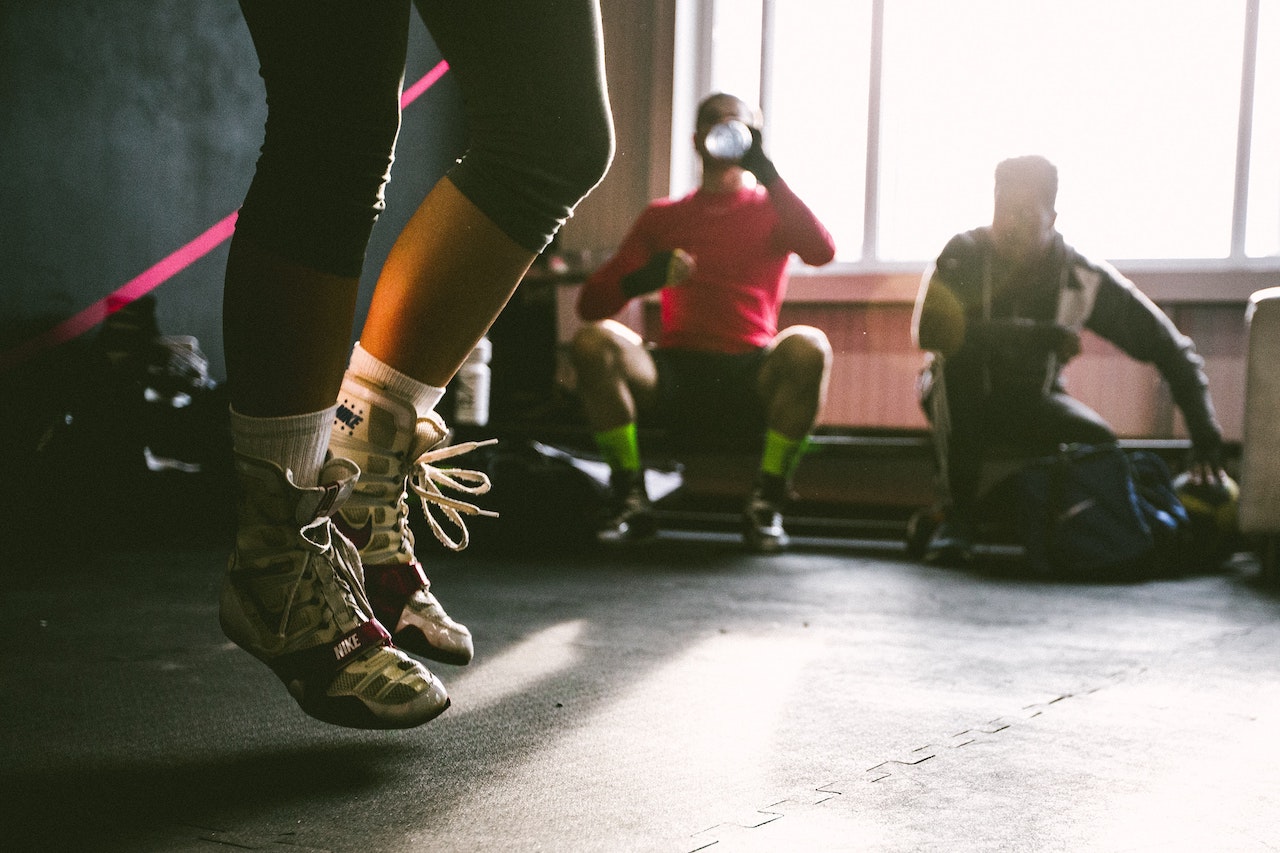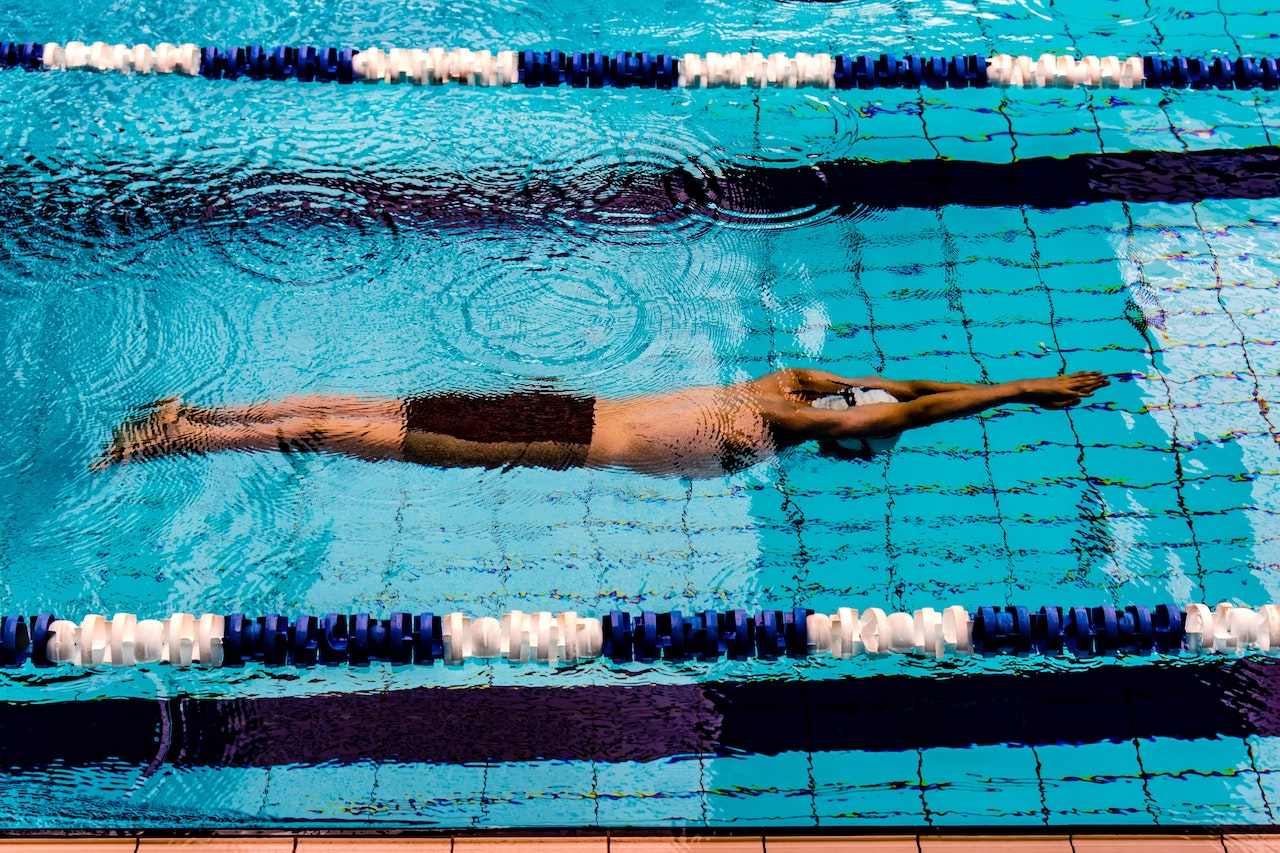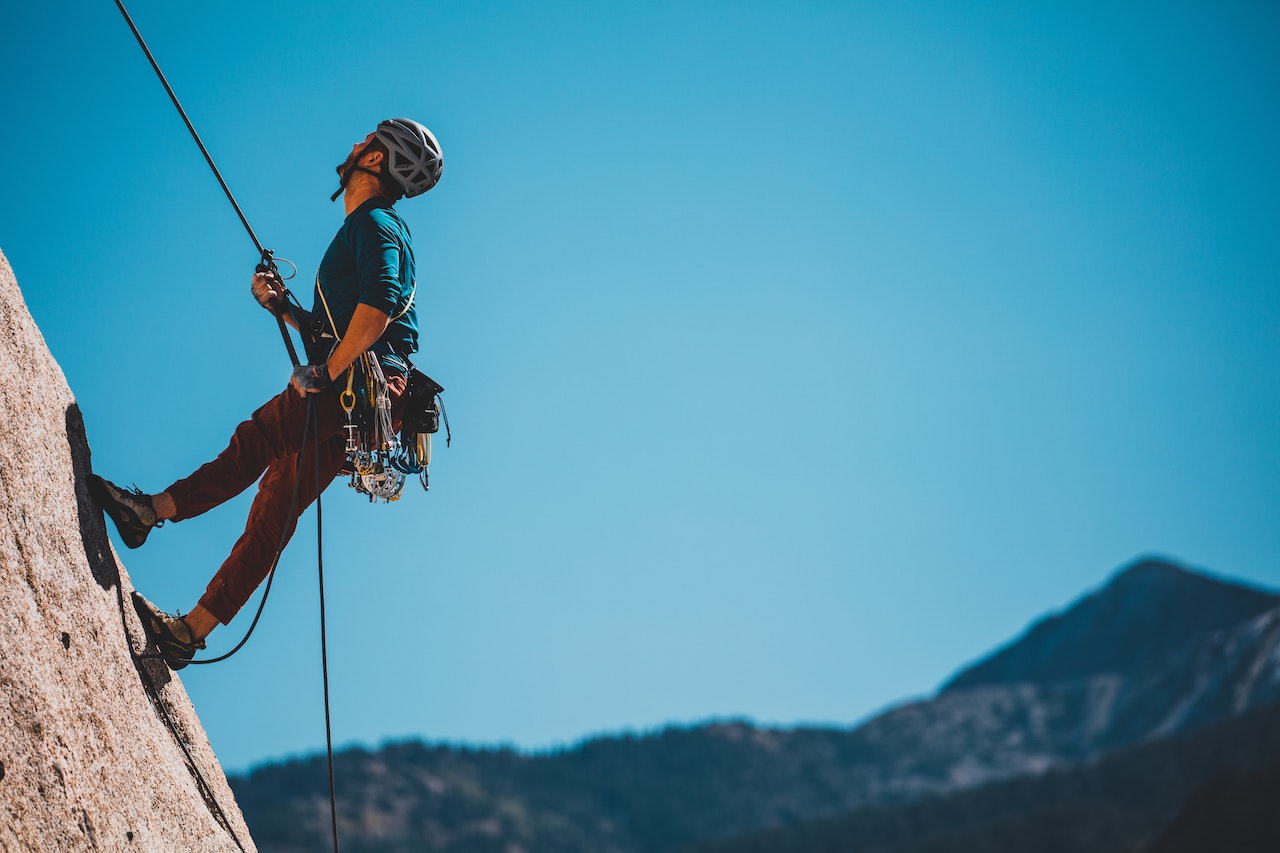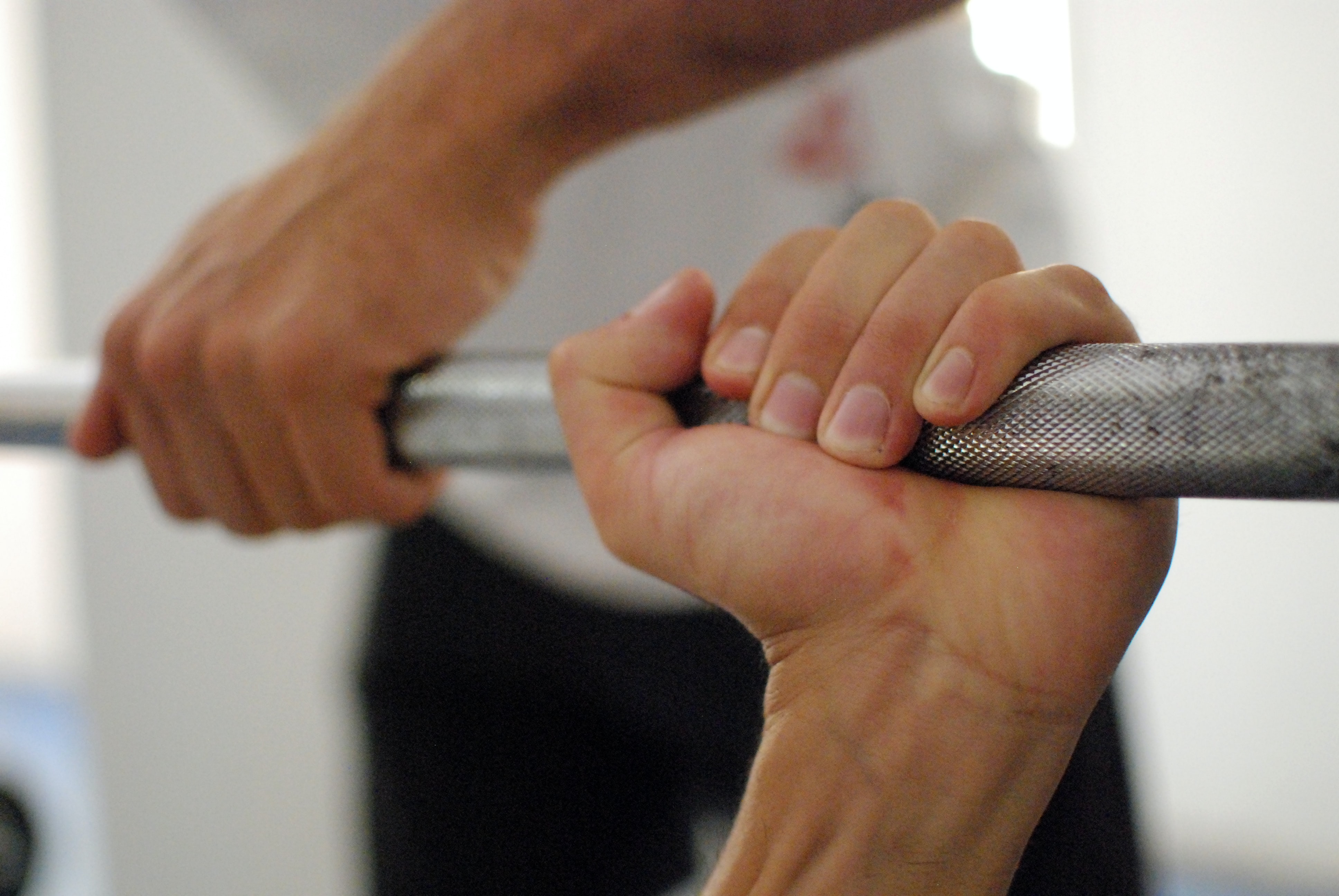Curl up the abdominal muscles to train more contour, curl up to make the arms more thick, but how to practice again, give people see is also partial. Shoulder training is different. It improves the proportions of the whole body and creates an inverted triangle, and isn't that what you train so hard for?
Shoulder training is not just about push-ups and side planks, getting the posterior fascia up and more defined is what will keep the shoulders going, and if you've been neglecting it, it's time to do it today!

everyone wants wide and full shoulders. If the chest is well trained, then the anterior deltoid must not be bad, but the posterior deltoid should not be neglected either, otherwise it will make the arms look weak and not full looking. This imbalance affects all strength training movements that use the posterior deltoid, so find a way to correct it.
The posterior deltoid is a triangular-shaped muscle that wraps around the top of the arm, where the shoulder and arm join. Although it is often classified as a 'shoulder muscle', it should not be confused with the trapezius and upper back.

the deltoid muscle is made up of the fibres of three muscle bundles, comprising the three main parts of the shoulder - the anterior, posterior and middle bundles. The anterior fasciculus is at the front of the arm and joins the chest, the middle fasciculus is a small muscle that is almost in the middle of the shoulder when viewed from the side, and the posterior fasciculus is at the back of the arm.
The anterior bundle of the deltoid will help the pectoralis muscle to do shoulder flexion and will also assist the pectoralis and middle bundles when rotating the humerus. The posterior bundle of the deltoid will help the middle bundle in abduction. The deltoid muscle is found by electromyography to consist of at least seven muscle fibres, each of which is independently controlled by a corresponding nervous system.
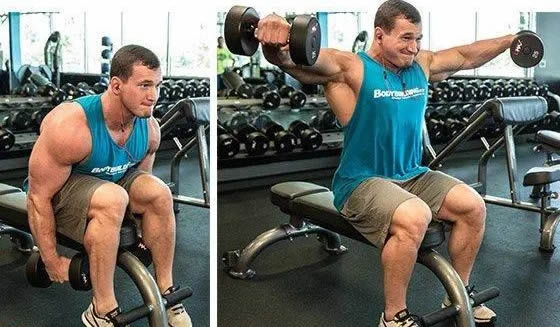
so what is the best movement that will strengthen the deltoids and build up a standard shoulder? Because single joint movements cannot lift weights that are too heavy to build enough muscle and strength, there are single joint movements that can target the posterior deltoid muscle bundle and can pre-fatigue the posterior deltoid muscle bundle before and after performing compound movements.
After getting used to a training movement, you need to do 4-5 sets of 8-12 reps each to feel the muscle contract and not leave the large weights on the shoulder joint. Instead, lift the load slowly and purposefully with lighter weights and ensure that the target muscle is the one that is primarily firing, rather than assisting other muscles to move the load up and down.

whichever muscle bundle of the deltoid is being worked first, that bundle is the one that is being worked the fastest. If you wish, you can do an isolation movement, such as a rope reverse flyover, and then move on to the middle deltoid bundle and the anterior deltoid bundle.
The posterior deltoid bundle can be the first single-joint exercise to be performed after the push press. If shoulders and back training are not done on the same day, but two days in a row a week, this can hinder their development and a break should be taken between the two exercises.

all types of push-ups work well on the posterior deltoid, whether barbell or dumbbell, seated or standing, and with ropes. Here are 4 of the best posterior deltoid movements to add to your workout.
1. Triceps reverse flyes
the deltoid reverse flyes are the exact opposite of the chest flyes. It can be done with dumbbells or equipment. When using dumbbells, they need to be supported in conjunction with the use of an upper incline bench with the upper body lying on top. At the start of the movement, the dumbbells need to be placed in front of the body and then slowly lifted backwards to train the rear deltoids.
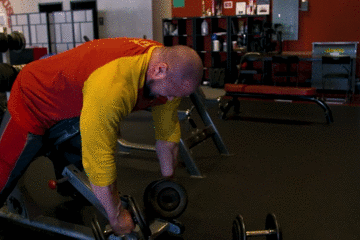
2. Reverse deltoid rope flyes
as the previous move, only with a rope, this provides a more natural range of motion, allowing for lifting greater weights than the dumbbells without having to balance yourself, and can greatly improve posture.
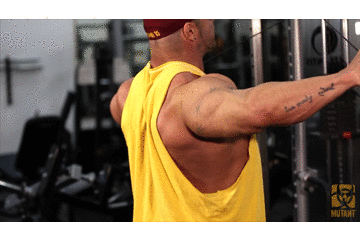
3. Prone dumbbell reverse flying bird
this movement can be performed in either a seated or standing position, but start with your chest facing as far towards the floor as possible. Hold a dumbbell in each hand, keeping both hands opposite each other and your arms in a straight line with the centre of your chest. Raise your arms straight up, as if you were doing a bird fly, until they are just above your back. Lower the weight and repeat.
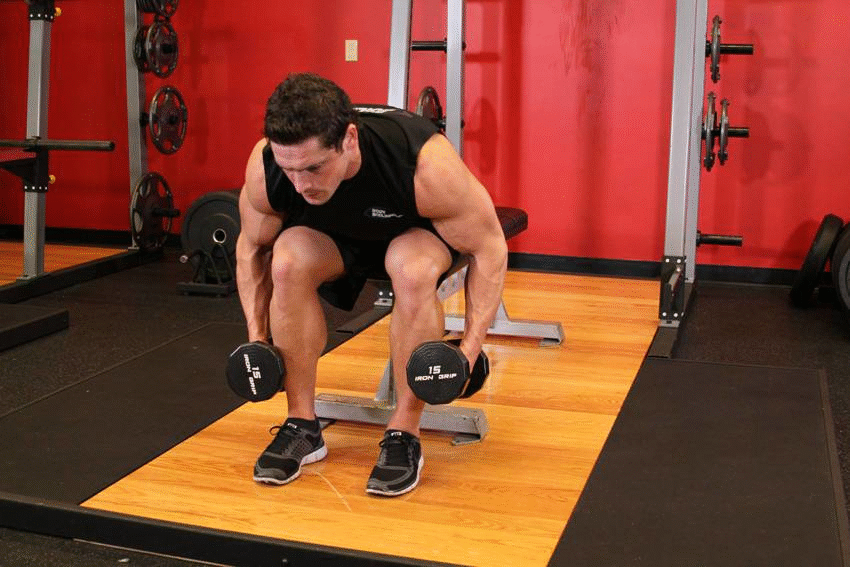
4. Posterior deltoid row
there are many ways to do the deltoid posterior fascia row, but the main goal is to start the movement with your arms straight in front of you and pull the weight back with a rowing motion. If you don't have ropes or fixed exercise equipment, you can sit on an upward incline plank and use dumbbells to train.
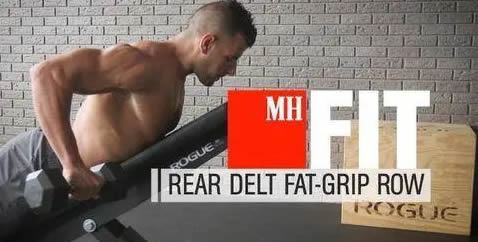
push-ups, chest presses and recommendations work to the anterior deltoid bundle, but the posterior deltoid bundle above the arms is not the target muscle in these movements. Many people like to train the muscles they can see from the front, but the posterior deltoid bundle needs to be equally developed.
The posterior deltoid bundle allows the shoulders to widen, which is a crucial function in the routine. Combine compound push-ups such as arnold push-ups and standing shoulder presses with these isolation movements for optimal results and growth of the posterior deltoid bundle.

To achieve a broad-shouldered, slender inverted deltoid, grasp and attention to detail is all that is required.

